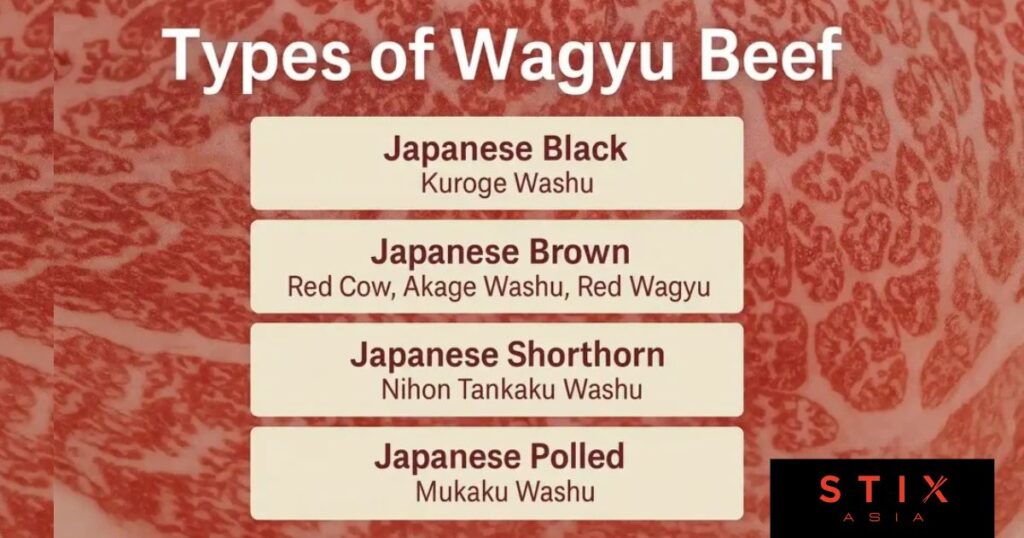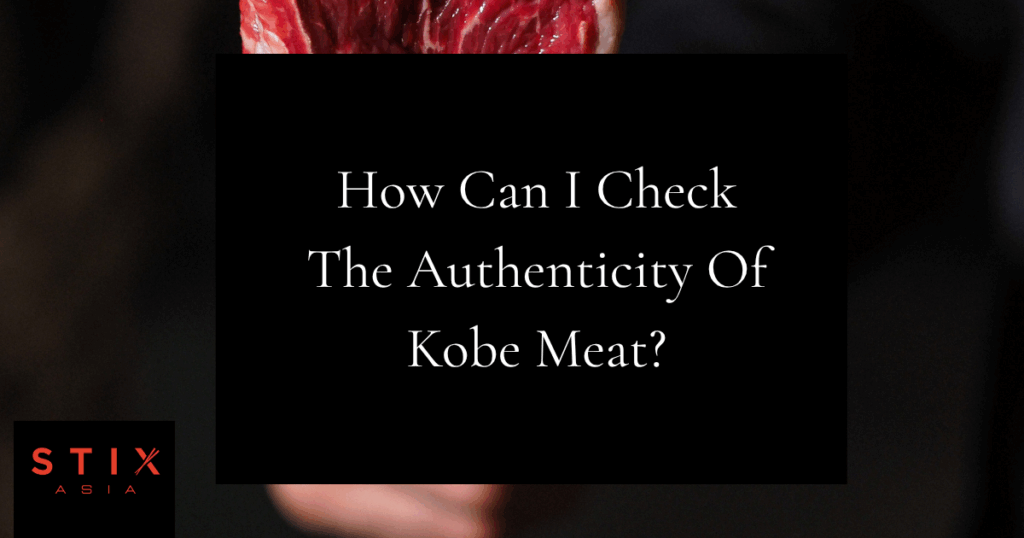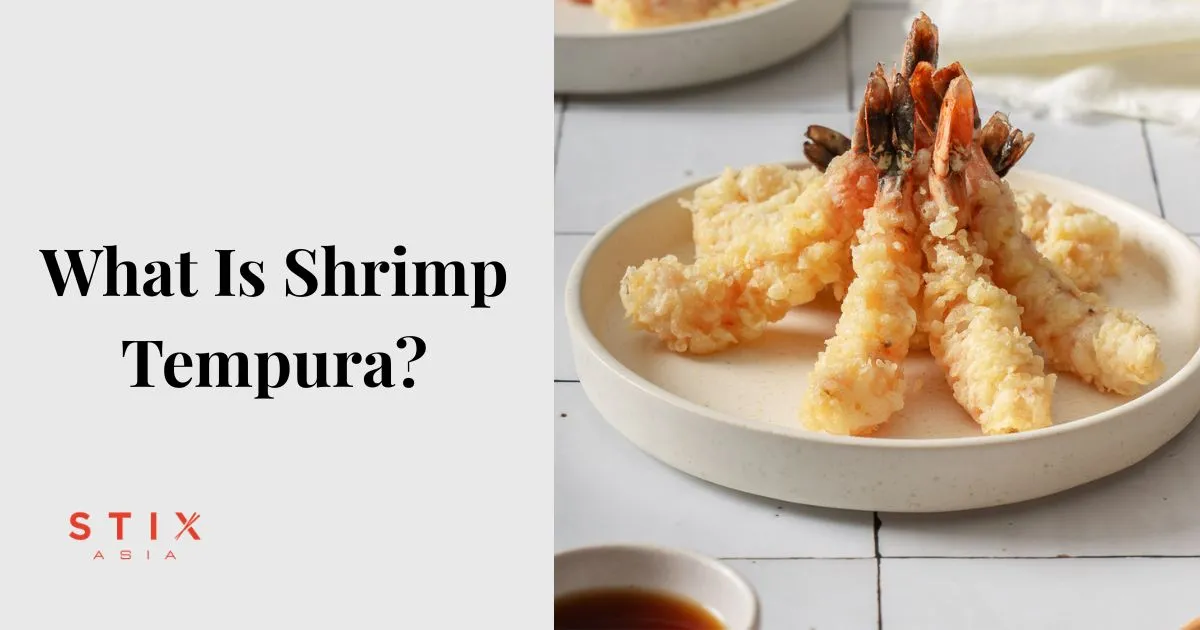Wagyu Beef vs Kobe Beef:
Foodies across the world are curious to know Wagyu Beef vs Kobe Beef. Both are recognized for their exceptional marbling, buttery texture, and rich taste. But the question is:
How do you differentiate between Wagyu vs Kobe beef?

Kobe beef is a rare type of Wagyu from Japan’s Hyōgo Prefecture, while Wagyu is the broader category of Japanese cattle known for their rich marbling and buttery flavor. In short: all Kobe is Wagyu, but not all Wagyu is Kobe.
In this guide, we’ll discuss everything:
- Wagyu, its origin, and types.
- Domestic Wagyu and A5 Wagyu
- A5 Wagyu vs Kobe Beef
- Kobe Beef, its origin and specialty
- Wagyu Beef vs Kobe Beef: Major Differences
- Which One is Better For You?
- Where to Find Authentic Japanese Beef and American Wagyu?
What is Wagyu Beef?
The word Wagyu literally means “Japanese cow” (Wa = Japanese, gyu = cow). What makes Wagyu special is its inherent marbling. Marbling is actually a delicate, soft matrix of fat in the meat that gives Wagyu that “melt-in-your-mouth sensation” people across the world love!
Wagyu has a buttery texture, umami flavour, and smooth tenderness.
Where is Wagyu Beef From?
The origin of Wagyu Beef is Japan. Breeding, feeding, and raising of Wagyu beef is regulated by strict protocols. Only four Japanese cows are recognized as Wagyu.
Today, Wagyu is also produced in the US, Australia, and many other countries. Undoubtedly, these breeds are also delicious. But they differ slightly in quality, taste, and certification from the original Japanese Wagyu.
The Bottom line: Despite Origin, Wagyu is loved for its buttery texture and rich flavour across the globe.
What’s So Special About Wagyu Beef?
Ever wondered why steak lovers talk so much about Wagyu? Let’s see what differentiates Wagyu from common beef:
- Umami Flavour: The unique marbling of Wagyu makes every bite melt like butter in your mouth.
- Unique Marbling: The Wagyu has fine streaks of fat woven within the meat, giving its beef a juicy and tender texture.
- Special Care and Breed: Wagyu cows are raised with strict standards, attention, and special diets to increase flavour and marbling.
- Versatility: Wagyu beef is used in various dishes, from steak to ramen noodles and even premium Korean BBQ, where its rich marbling enhances flavor, tenderness, and the overall grilling experience.
Types of Wagyu Beef:

Japanese Black:
- Also known as Kuroge Washu.
- The most renowned and widely raised Wagyu breed.
- Usually, more than 90% of wagyu beef, including Kobe, Matsusaka, and Ohmi, is of Japanese Black.
- It’s rich in flavour and has intense marbling.
- It accounts for 97% of all Wagyu raised in Japan.
Japanese Brown:
- Also known as Red Cow, Akage Washu, or Red Wagyu.
- It’s horned and smaller, leaner compared to Japanese Black.
- It grows in Kumamoto and Kochi prefectures.
- Japanese Brown has moderate marbling and a rich buttery taste.
- It’s best for those who want a lighter Wagyu experience.
Japanese Shorthorn:
- Also known as Nihon Tankaku Washu.
- It’s a Wagyu breed found only in Japan and raised in the Tohoku region.
- It loves to graze instead of consuming grain-based feed.
- The meat of Japanese shorthorn is leaner and has lower fat content.
- Though less marbled than other Wagyu types, Japanese Shorthorn is known for its rich umami flavour derived from inosinic and glutamic acid.
Japanese Polled:
- Also known as Mukaku Washu.
- The rarest of all Wagyu breeds.
- It also has lean meat with a traditional umami taste.
- It’s a crossbreed product of Scottish Angus and Japanese Black cow.
- Unfortunately, it’s critically endangered, with a few hundred species left.
What’s Domestic Wagyu?
You may have seen Wagyu beef on menus in the U.S. or Australia. That’s “domestic Wagyu.”
It’s the type of Wagyu raised and butchered outside Japan in the US or Australia. Though not exactly similar to Japanese Wagyu, most of its qualities, like taste, marble, and texture, resemble the original Wagyu.
Keep these three factors in mind to understand domestic Wagyu:
- Crossbreeding: American Wagyu is a cross of Angus and Japanese Wagyu cows. According to the USDA definition, it should be 50% Wagyu at least.
- Flavor and texture: It’s much more delicious and different from regular beef in flavour, texture, and taste. But it may have a slightly stronger beef flavor compared to pure Japanese Wagyu.
- Accessibility: More widely available and less costly. And that’s one of the reasons you can experience wagyu even at everyday restaurants (think “Wagyu burgers”).
You may even find Wagyu-inspired dishes in popular spots such as the Food Court Honolulu, where Asian and fusion cuisines highlight its versatility.
What’s A5 Wagyu?
You can say that among all types of beef, Wagyu wins. Particularly among Wagyu, A5 tops the list. It’s the crown jewel and the leading member of the Wagyu family. Japanese Meat Grading Association (JMGA) grades Wagyu. A5 is the highest grade Wagyu, and there are strict regulations to achieve it. These regulations ensure authenticity, consistency, flavour, and trust for both producers and consumers.
To earn the A5 grade, the Wagyu must meet the following conditions:
- It must produce a yield of 72% or higher, having a high meat-to-carcass ratio.
- The meat should have a strong Beef Marble Score ( BMS), and the degree of intramuscular fat present within the meat should be high.
- The Wagyu should meet the Beef Color Standard ( BCS) and the Beef Fat Standard ( BFS).
- Also, it should have a fine texture and firmness.
What’s Kobe Beef?
Kobe beef is the most exclusive type of Wagyu beef found only in Kobe. It’s the capital city of Japan’s Hyōgo Prefecture. Kobe beef comes from the Tajima strain of Japanese Black cattle. Kobe Beef Marketing and Distribution Promotion Association leads Kobe production and distribution.
So, if you ever thought; Why is Kobe beef so rare, so expensive, and so limited, you’re in the right place. We’ll break it down in detail so you can clearly understand why Kobe beef is considered the gold standard among beef!
Where is Kobe Beef From?
Kobe beef derives its name from its origin. They come from the Tajima strain of Japanese Black cows. Only the cows that are particularly born, raised, and grown in Hyōgo Prefecture, Japan, where the capital city is Kobe.
So, actually Kobe isn’t just a special breed. It’s a protected brand name given only to Tajima Cattle raised under strict conditions and meeting the regulations of the Kobe Beef Marketing and Distribution Promotion Association.
What’s so Special About Kobe Beef?
Kobe beef is special because of the following two reasons:
- It comes only from Tajima cows with confirmed bloodlines.
- The cows are born, raised, and butchered in Hyōgo Prefecture or nearby locales.
Eating authentic, buttery Kobe beef is like experiencing a silky, flavorful delicacy!
How can I Check The Authenticity of Kobe Meet?

You can check the authenticity of Kobe meat easily. To be authentic, it should meet the following criteria:
- It should be specifically born, raised, and slaughtered in Hyōgo Prefecture.
- The cattle must have consumed only high-quality feed in their lives.
- Authentic Kobe Beef has the official chrysanthemum-shaped seal from the Kobe Beef Marketing & Distribution Promotion Association.
- It should meet the strict grading standards:
- Beef Marbling score (BMS) of at least 6 or higher (12)
- Edible parts of the meat should be grade A or B
- The texture of the meat should be firm yet tender
- Quality grade 4 or 5
- Carcass weight not exceeding 499.9 kg
Please note that only licensed distributors are allowed to buy and sell original Kobe beef.
Why is Kobe Beef so Costly?
The price tag on Kobe beef often shocks first-time buyers. But once you understand the reasons, it makes sense.
- The strict regulatory standard makes Kobe beef more expensive than other beef types.
- Also, its limited supply and high demand add up to the cost.
- Kobe requires special care, diets, and a stress-free environment that add up to the cost of Kobe beef.
- Similarly, the marbling, tenderness, and flavour all put Kobe beef in a class of its own!
- Transporting and maintaining original Kobe beef out of Japan is a major factor. It requires specific temperature management, import duties, and handling with care. All of these raise costs.
Is Kobe Beef Better Than Wagyu?
We hope now you’re in a position to answer this yourself. In short, no, Kobe beef is a type of Wagyu. But both have different charms. You can think of it this way:
“ Wagyu is the family, and Kobe is its elite, most prestigious member.”
And now if you’re wondering which option is right for you: Wagyu Beef vs Kobe Beef. Let’s help you in deciding:
- If you’re looking for a melt-in-the-mouth experience, absolute tenderness, and buttery texture, choose Kobe beef.
- If you want world-class beef at a more economical level, go for Wagyu.
At the end, remember the fact that regardless of Wagyu or Kobe, you’re still enjoying the most premium beef in the world.
A5 Wagyu Beef vs Kobe: Which is Better and Why?
And that’s the real twist. Let’s dissect it!
- A5 Wagyu: It’s the highest grade beef in Japan. No matter the region, it could be from any region, Miyazaki, Kagoshima, or other prefectures, not just Kobe.
- Kobe: It’s a very premium type of Wagyu, coming from Tajima Cow in Hyōgo Prefecture, where the capital is Kobe.
So, to sum up:
All Kobe is Wagyu, but not all Wagyu, even A5 is Kobe!!!
Kobe is a premium, rare, and most prestigious brand name. If you want to experience rare Japanese beef, Kobe is the ultimate choice.
If you’re inclined towards texture and marbling, you should go for A5 Wagyu.
Wagyu Beef vs Kobe Beef – Key Differences
Manufacturing Procedure
- Wagyu: Raised in Japan and elsewhere (e.g., the United States, Australia, Canada) under diversified practices. Diets can include grass, rice straw, and grains.
- Kobe: Grown only in Hyōgo Prefecture with close supervision, using careful feeding and calm environments.
Geographic Origin
- Wagyu: General type. Produced in various Japanese prefectures and internationally.
- Kobe: It exists only in Hyōgo Prefecture, Japan, hence it is much rarer.
Availability
- Wagyu: More mainstream, including domestic Australian and United States Wagyu.
- Kobe: Incredibly rare. Only several thousand certified cows per year.
Taste Difference
- Wagyu: Moist and flavorful, powerful umami flavors.
- Kobe: More tender, sweeter, butterier. Sometimes called the “gold standard” of beef.
Price
- Wagyu: High-priced yet becoming mainstream, especially outside of Japan.
- Kobe: One of the world’s priciest meats based on exclusiveness and scarcity.
Quality
- Wagyu: High quality, with scales of grading such as A5 representing the top cuts.
- Kobe: Must score BMS 6+, be within weight parameters, and gain official certification.
Where Can I Buy Authentic Japanese Beef and American Wagyu?
Authenticity matters. Many retailers misuse the names “Kobe” and “Wagyu”, so you must know where to buy them correctly.
- Restaurants: High-end Japanese steakhouses with certification.
- Online Stores: You can order original Wagyu or American Wagyu through renowned online stores such as Holy Grail Steak Co. and Snake River Farms.
- Stix Asia: If you live in or near Las Vegas or Waikiki, you can experience original Wagyu at Stix Asia. We guarantee authenticity, transparency, and quality, contributing to a great dining experience.
Conclusion:
That’s it! We hope this detailed guide clears all your confusion related to Wagyu Beef vs Kobe Beef. Both beefs are an extreme treat for your taste buds, but knowing the difference helps you choose wisely.
If you still have any queries related to Wagyu or Kobe Beef, the Stix Asia expert team is always here to help. Call us.




